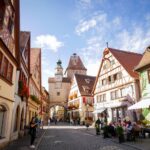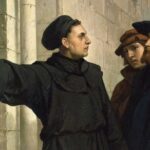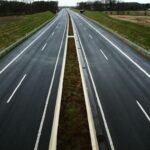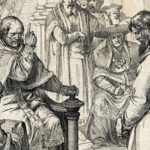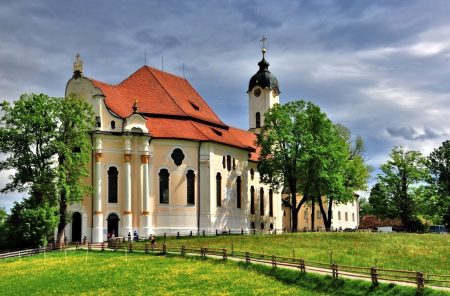
The Pilgrimage Church of Wies
The Wieskirche, or Wies Church, is one of the most important places of pilgrimage in southern Germany.
It is situated between Steingaden and Wildsteig on the Romantic Road – or, to be more accurate, slightly off the road on a country lane to the small hamlet of Wies.
The Pilgrimage Church of Wies is an oval rococo church, designed in the late 1740s by brothers J. B. and Dominikus Zimmermann, the latter of whom lived nearby for the last eleven years of his life.
The Wieskirche is also one of the most famous works from the Rococo period of art and architecture and its position close to the Romantic Road, the religious attraction of Oberammergau and the Passion Play and the historic buildings of Neuschwanstein and Hohenschwangau ensure that it is popular with many coach tours and day-trips from surrounding villages and towns.
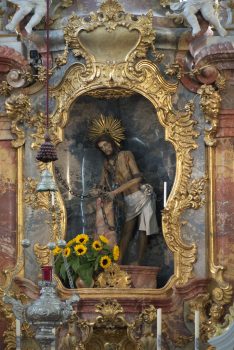
Scourged Saviour, Wieskirche
Like many pilgrimage churches in the area, the prominence of the Wieskirche came about through a religious “wonder”.
In this case, it was a fairly prosaic statue of the “Scourged Saviour” which had been taken from the inn of the monastery in Steingaden by a farmer’s wife in Wies. In 1738 they claimed that they had seen tears in the eyes of the statue at their evening prayers.
Eventually more and more visitors came to see the statue and to pray and a new building was needed to accommodate them (and, of course, to promote the religious wonder and the economic benefits to the area).
In the mid-18th century the current church was built by the Zimmermann brothers, who were local artists and architects whose work in this period can be found all over Europe. The style is the elaborate gilt, stucco and art mixed in with white that was the feature of this Rococo epoch and which can be found in other Bavarian and Tyrolean churches and historic buildings.
The church was renovated in the 1980s to safeguard the original decoration and to bring the design more in line with the concepts of the artists at the time. It is on the list of UNESCO World Heritage protected buildings.
The church is of course used for normal purposes – visitors should note that sightseeing is not permitted during church services – but the principal Pilgrimage festival, the Feast of Christ’s Tears, is held on the first Sunday after June 14.
